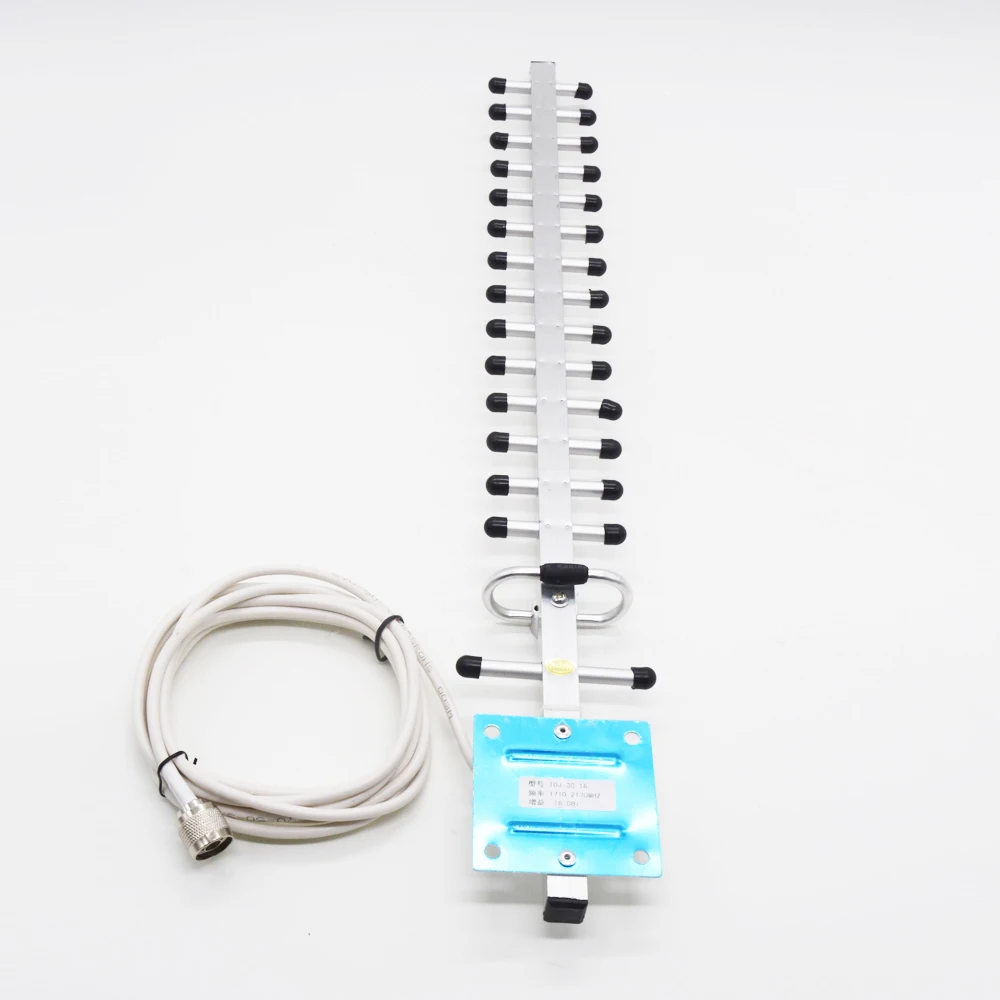
the mobile or LTE enabled router can roam across various cellular mobile base stations in any direction. Benefits are that it can receive signal from virtually all directions.This can be both an advantage and disadvantage, for which a few points are listed for consideration. The omni antenna provides similar reception in all directions (like a normal round light bulb). The essence is that a directional antenna focuses its gain (reception) in one direction and reduces the gain (reception) in the other directions, much like a flashlight does to a light bulb. Having a dedicated antenna for your Rain LTE or Telkom LTE connection will improve the overall experience. an omni-directional (aka ‘omni’) antenna. We will try to explain the key differences experienced by using a uni-directional (aka ‘directional’) antenna vs. Throttling is a process by which carriers de-prioritize certain users or even cap their connection to a certain speed.The choice of omni-directional and directional antenna is not always simple. Even if you're on AT&T, Verizon, T-Mobile or Sprint directly, you may be throttled if you use a lot of data each billing cycle. If you're on an "MVNO" like Tracfone, Straight Talk, or others, you're treated as a second-class citizen on the main carrier's network.
#Lte antenna booster install#
Most cell phone signal boosters are SISO – "Single Input Single Output" – though you can install two systems in parallel to get a MIMO booster.

Using outdoor antennas connected directly to a hotspot or to a signal booster can help get you access to less-congested bands.īoth the tower and your LTE/5G device use multiple antennas, in a configuration called “Multiple Input Multiple Output,” to increase data rates by around 30%. As a result, higher frequency bands are generally less congested. Generally higher frequencies penetrate buildings less than lower frequencies. In reality, tower congestion varies by band. The more users on the tower, the lower your data rates will be. If your RSRP signal is stronger than around -100 dBm, then a stronger signal won't help increase your data rates. But it’s often not the most important factor. Signal strength, which is called RSRP in 4G LTE and 5G networks, definitely matters.

Many people think this is the most important factor, but it isn't. This is called “Carrier Aggregation.” The more bands you’re connected on, the higher your data rates. Your phone or hotspot can use multiple bands to connect simultaneously to the tower. The best way to improve SINR is to use a directional outdoor antenna, either connected to a signal booster or directly to an LTE or 5G hotspot. Increasing your SINR can have a dramatic impact on your connection speeds. In 4G LTE and 5G networks, signal quality is measured as SINR. Roughly by order of importance, these are: There are five factors that affect the LTE/5G data speeds you experience. When used in tandem with external antennas, they can allow for wireless rebroadcast of improved signal indoors.Įach of these options has a different set of effects on your 4G/5G signal, and thus your data rates: Cell phone signal boosters amplify your signal, increasing the signal strength (RSRP). If you are using a phone, the best option for improving data rates is a signal booster. Some hotspots and almost all phones don't have external antenna ports.

External antennas can improve both signal strength, signal quality, and help you access bands that aren't making it indoors. If you have a hotspot, check out our hotspot antenna guides and our 2x2 MIMO Panel and 2x2 Log Periodic antenna kits. Many hotspots from major carriers like AT&T, Verizon, Sprint and T-Mobile support external antenna ports. Newer devices support newer versions of the LTE or 5G specification and allow for faster data rates. If you're using an old device, a new phone or hotspot may allow you to connect to new bands. There are three things you can do to improve your data rates:


 0 kommentar(er)
0 kommentar(er)
